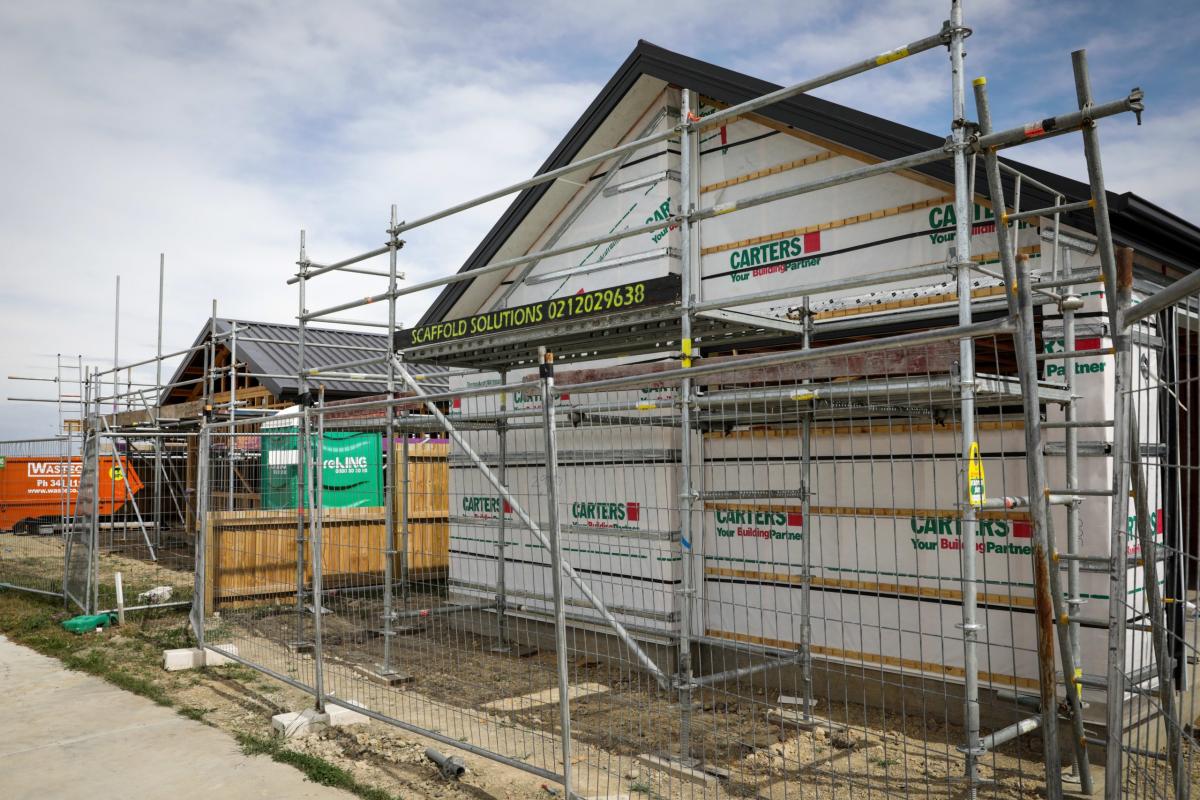
New data shows property developers saved more than $33 million by exploiting a loophole the Selwyn District Council is powerless to close.
Data from the district council shows that in June last year, 2578 lots of development contributions (DCs) were applied for, right before increased DC rates were signed off in the council’s Long Term Plan 2024-34.
DCs are paid by developers or property owners to the council, primarily to offset any additional infrastructure that might be needed to support the new homes they are building.
DCs help the council pay for the cost of new community facilities, roading upgrades, water and sewerage, and reserve upgrades. Costs vary around the district.
DCs are invoiced at the time of resource consent applications.
The council began consulting on the LTP, which included the DC rates, in April 2024. The following month, 809 lots of DCs were applied for, followed by 2578 in June, compared to an average of 80 DC applications a month from December 2023 to April 2024.
The LTP came into effect in July 2024. Applications for DCs prior to July paid rates set in 2021. While an inflation adjustment had been carried out, the rates did not take into account large cost increases for infrastructure.
For example, a sewage connection DC cost $4809 in the 2021 financial year, $5772 in 2023 and $12,917 from July 2024.
Of the June 2024 applications, the majority came from 15 applicants.
The council was effectively shortchanged about $33.9m.
It has given assurances that the shortfall will be paid for by future development and not ratepayers.
But outgoing Springs Ward councillor Grant Miller said in the council’s finance and performance committee last week that developers were rorting the system.
“They might think it is clever business, but they have taken advantage of the system in not paying their fair share, and it should be flatly put to them, you are not paying your fair share,” Miller said.
He said developers who took advantage of the loophole were just passing on the cost.
“So future section owners, instead of paying, let’s say $13,000, are going to pay $15,000 or $16,000 to make up what these beggars haven’t paid now.”
Other councillors spoken to by Selwyn Times agreed with Miller. They also acknowledged they were powerless to stop it due to the need to consult on price increases before they are implemented.
Mayor Sam Broughton said growth should pay for growth, but was less concerned about the shortfall.
“Uncollected development contributions from this year are recovered from developers later, not from ratepayers. Likewise, if more had been collected than budgeted, future charges could drop. It’s purely timing, and council cannot control when a development happens.”
Construction analyst Mike Blackburn said if developers did not take advantage of the loophole they wouldn’t be very good at business.
“It’s standard business practice; if you didn’t do that, you wouldn’t be a good businessman.”
Blackburn said generally it is the property owner who pays in the end.
“From a developer’s point of view, development contributions are a zero net sum because they pass those fees onto the buyer.”
He said new development also provides councils with more money in rates. In Selwyn, rates rose by an average of 14.2% in July, but the council’s rates take is expected to be about 19% higher because of growth.
Of the applications lodged in June, 844 came from Darfield between two applicants.
Malvern Ward councillor Lydia Gliddon was concerned about what it meant for the Darfield Indoor Courts, which is budgeted to cost $9m with 47% paid for by DCs.
Because the council had not consulted on the project prior to the 2024-34 LTP, none of the DCs collected before July 2024 can be put towards it.
“We were reliant on those sections to pay into that. To me, that project is quite compromised now,” Gliddon said.
The Government has proposed replacing DCs with development levies, which are designed to be fairer for councils, but they are not expected to take effect until about 2027.
Broughton supports the new system and also wants the Government to make changes to give 50% of the GST on new builds back to councils.
“For Selwyn, this would have meant $48 million extra last year, reducing rates.”






